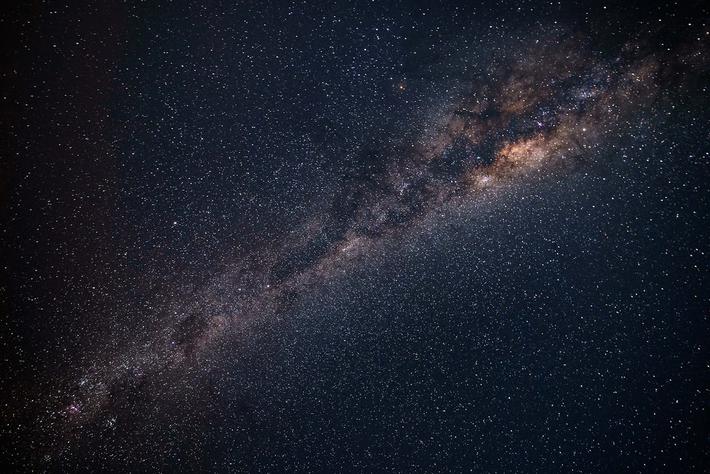2 Degrees and counting
Dec. 13, 2009
2 Degrees & CountingWas the monster storm that terrorized two-thirds of the United
States last week a sign of global climate change? Hawaii was swept by
40-foot waves, it snowed in San Diego, 70 mph winds buzzed Texas, and
of course, snow ensued here in the Midwest -- lots of it.
Well, who knows? Yet it did seem like something of an omen that the
U.S. got socked the same week as the U.N. Climate Change Conference
was chatting up the weather in Copenhagen, Dec. 7-18.
Mostly, the news media obsessed over Tiger Woods‘ booty count last
week, yet here and there you heard a slight mention about that little
problem involving our mass extinction, fretted over by a few eggheads
in faraway Denmark. It‘s good to know that someone is paying
attention.
Like a frog in a beaker who doesn’t know it‘s slowly being boiled
alive as the temperature increases, we’re starting to accept these
freak occurrences of heavy weather as part of the natural scheme of
things. These days, when New Orleans is destroyed by a hurricane, or
the western forests go up in smoke, or Illinois slips beneath the
flood waters, we take it all in stride until the next weather
emergency.
Last week, the World Meteorological Organization announced that the
‘00s have been the hottest decade since temperatures first started
being recorded in the 1850s. It‘s predicted that 2009 may rank as the
fifth hottest year of all time on the record books.
Also noted was that the earth‘s temperature has increased by 2
degrees since the days of the Industrial Revolution, 150 years ago.
As pointed out elsewhere in this issue in the article “Have We Run Out
of Time?” by Ted Rall, many scientists feel we‘ve passed a point of no
return on that 2 degree mark.
They also claim that the 2 degree warming mark is the point at which
things start to get really interesting -- in a bad way -- with our
planet’s climate.
Several years ago, a conference on Climate Change and the Great
Lakes was held at Crystal Mountain in Benzie County. Based on
computer models created by researchers in Canada and Michigan State
University, it was predicted that by the end of the century, our state
could have a climate similar to that of Arkansas or southern Missouri.
The MSU researchers predicted that we’d have an average winter
temperature increase of up to 5 degrees in the Great Lakes region by
2100, with the Canadian researchers claiming that temperatures could
increase by as much as 10 degrees.
The bad news at that conference was that we’ll most likely have
very little snow by the end of this century -- a fact of nature that
would kill off the ski tourism industry in Michigan, other than in
isolated parts of the Upper Peninsula.
But if you believe the prophets of the climate apocalypse, balmy
winter temperatures and a lack of snow in Michigan will be the least
of our worries.
In 2007, an Intergovernmental Panel on Climate Change predicted
that world temperatures could rise anywhere from 1.1 to 6.4 additional
degrees Celsius by 2100. This is on top of the 2 degrees of additional
warmth we’ve already generated.
Environmental activist Mark Lynas, author of the book Six Degrees,
lays out what could happen from here on. This is just a bare mention
of the calamities he predicts if we don’t get a handle on global
warming:
A increase of +2.4 degrees will mean the end of agriculture and
cattle ranching in the heart of America, with deserts spreading across
the center of the country. Coral reefs will disappear in North
America and the tropics, along with the Great Barrier Reef in
Australia. Check out the new sand dunes in Nebraska.
+3.4 degrees means the Amazon rain forest will turn to desert. The
ice cap on the North Pole will disappear in the summer months and many
arctic animals will be extinct.
+4.4 degrees means the release of millions of tons of methane and
CO2 from the permafrost of Alaska and Siberia. Half of all species
are wiped out. Billions of people on the run...
Well, why go on? At +5.4 degrees the level of our oceans rises 210
feet and the earth is unable to feed whoever is left alive. At +6.4
degrees most life on earth is extinct, with methane fireballs
criss-crossing the sky and super storms churning up what’s left of us.
It makes for interesting reading, but one can only imagine we’ll
put the brakes on such a bleak scenario long before any of us make
plans to move to sunny Antarctica. The perfection of nuclear fusion,
solar microwave energy and semi-superconductors for the better
transmission of electricity are a few things that could save our bacon
and cool the planet.
In the meantime, I’m planning a new banana plantation in the U.P.
in the hope that we’ll look more like south Florida than Saudi Arabia
by 2100. Investor inquiries are welcome.
Trending

Springtime Jazz with NMC
Award-winning vibraphonist Jim Cooper has been playing the vibraphone for over 45 years and has performed with jazz artist... Read More >>
Dark Skies and Bright Stars
You may know Emmet County is home to Headlands International Dark Sky Park, where uninterrupted Lake Michigan shoreline is... Read More >>
Community Impact Market
No need to drive through the orange barrels this weekend: Many of your favorite businesses from Traverse City’s majo... Read More >>


